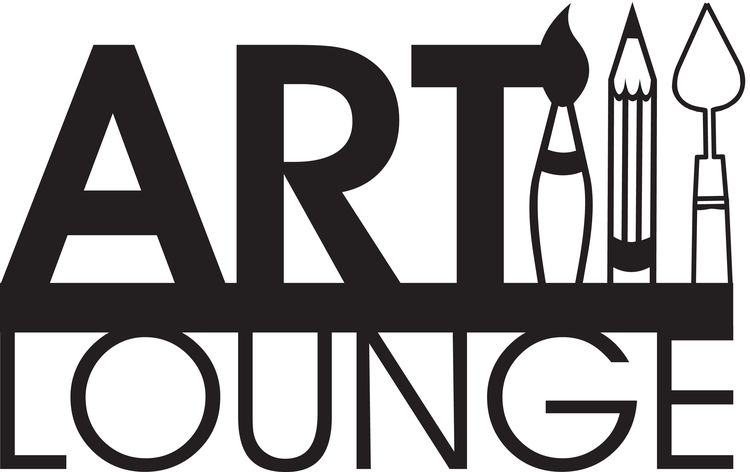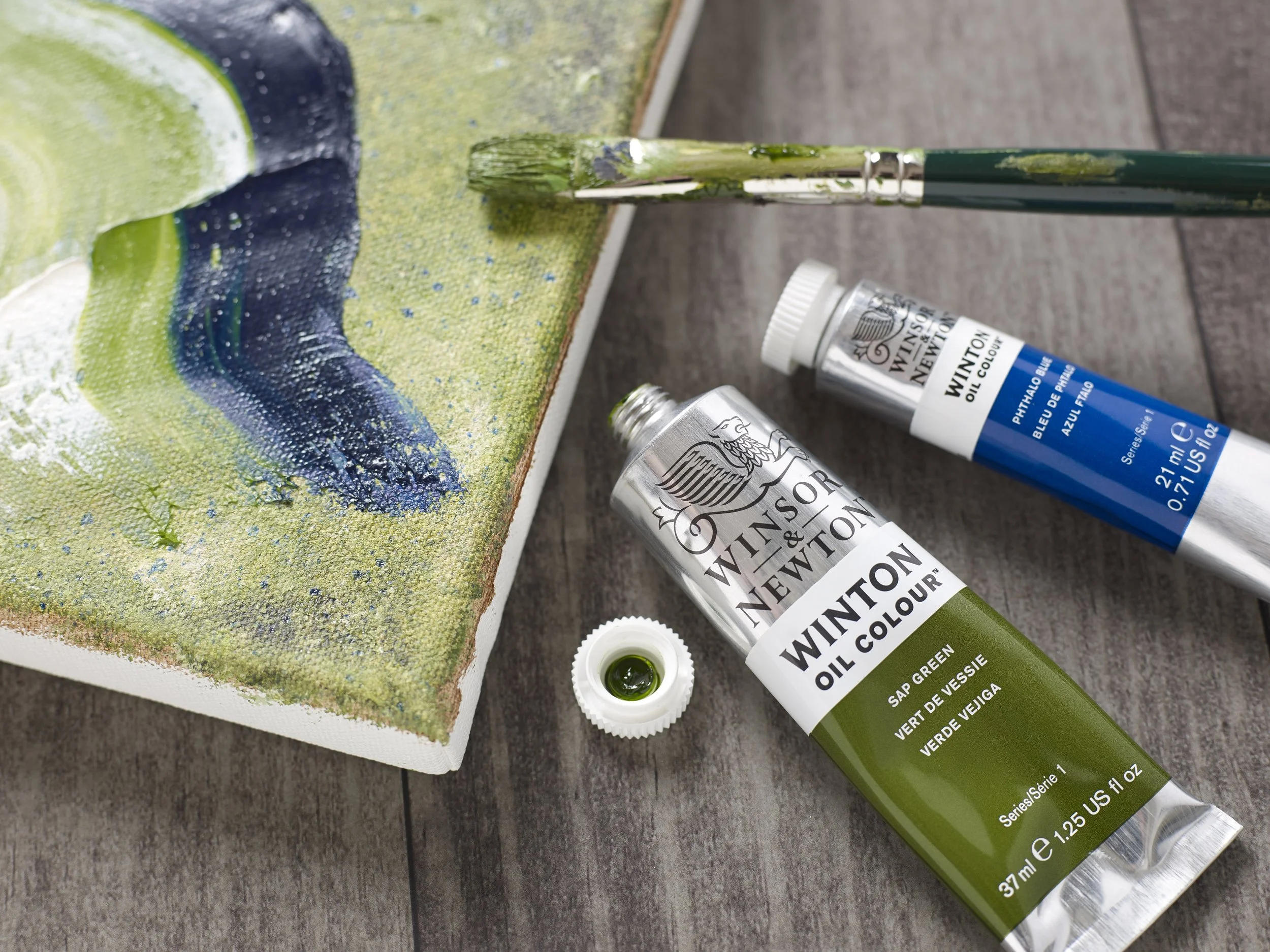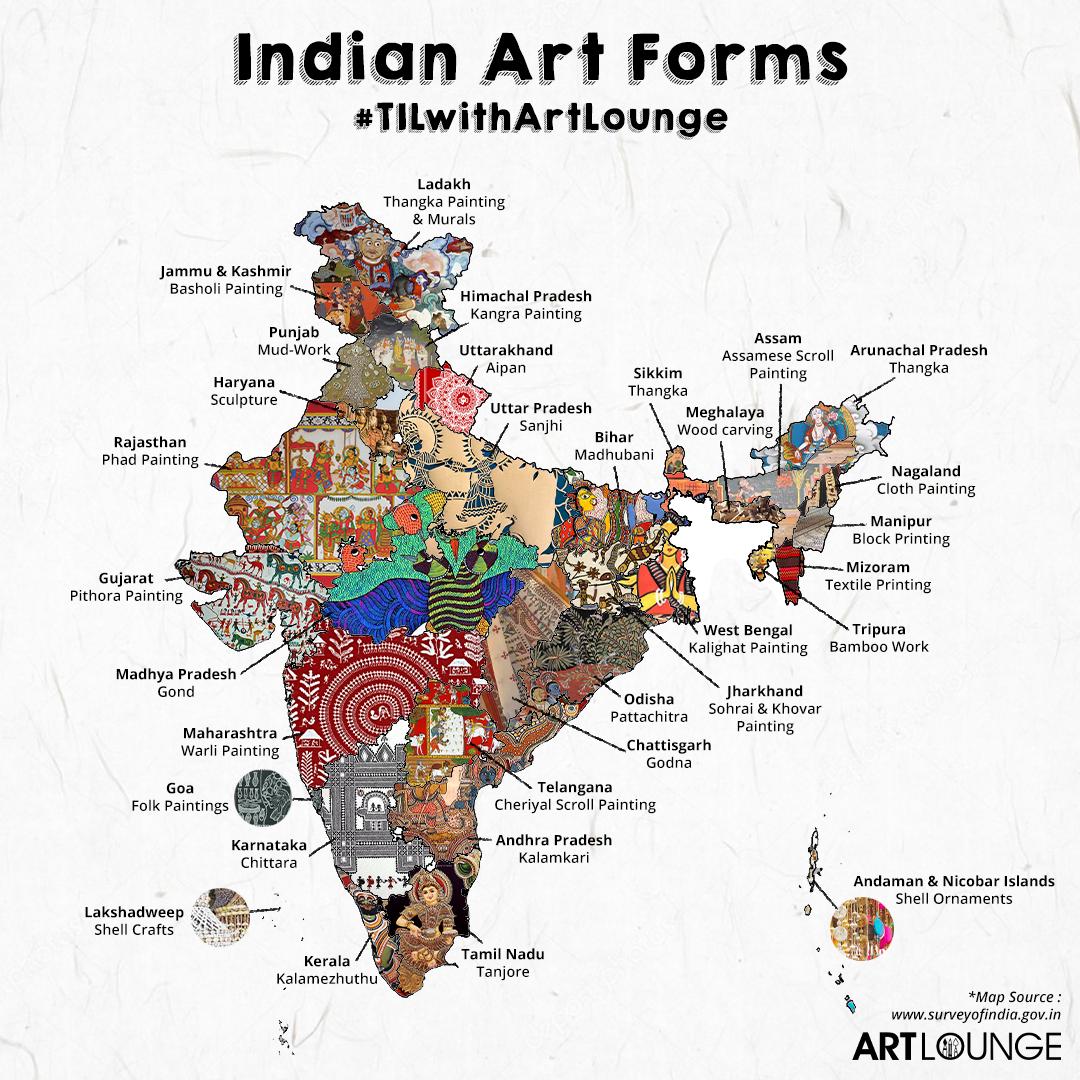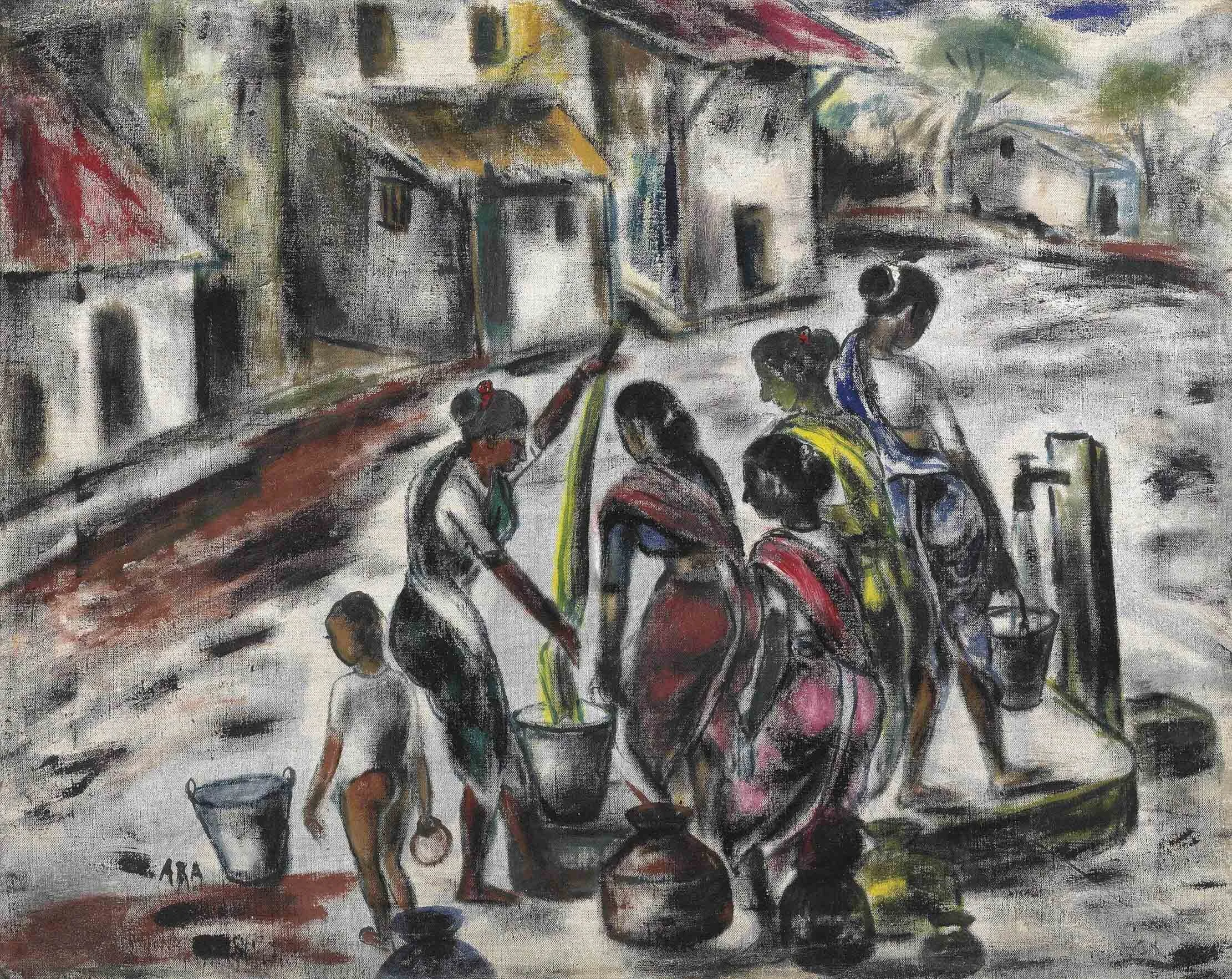He worked as a photographer's assistant through the 1870s, while studying art at night under Louis Buvelot and befriending others who were to become prominent artists, notably Frederick McCubbin. After attending art schools in Melbourne, he travelled to Europe in 1881 to further his training, and returned home in 1885, "primed with whatever was the latest in art".
While in London and Paris, he took in the progressing influence of painters Jules Bastien-Lepage and James Abbott McNeill Whistler. He traveled in Spain in 1883 with Australian artist John Russell, where he met Spanish artists Laureano Barrau and Ramon Casas who introduced him to the principles of Impressionism and plein air painting.
A leading proponent of painting en plein air, he joined Frederick McCubbin in founding the Box Hill artists' camp, the first of several plein air camps frequented by members of the Heidelberg School. He also encouraged other artists to capture the national life of Australia, and while he is best known today for his "national narratives"—among them Shearing the Rams (1890), A break away! (1891) and Bailed Up (1895)






















